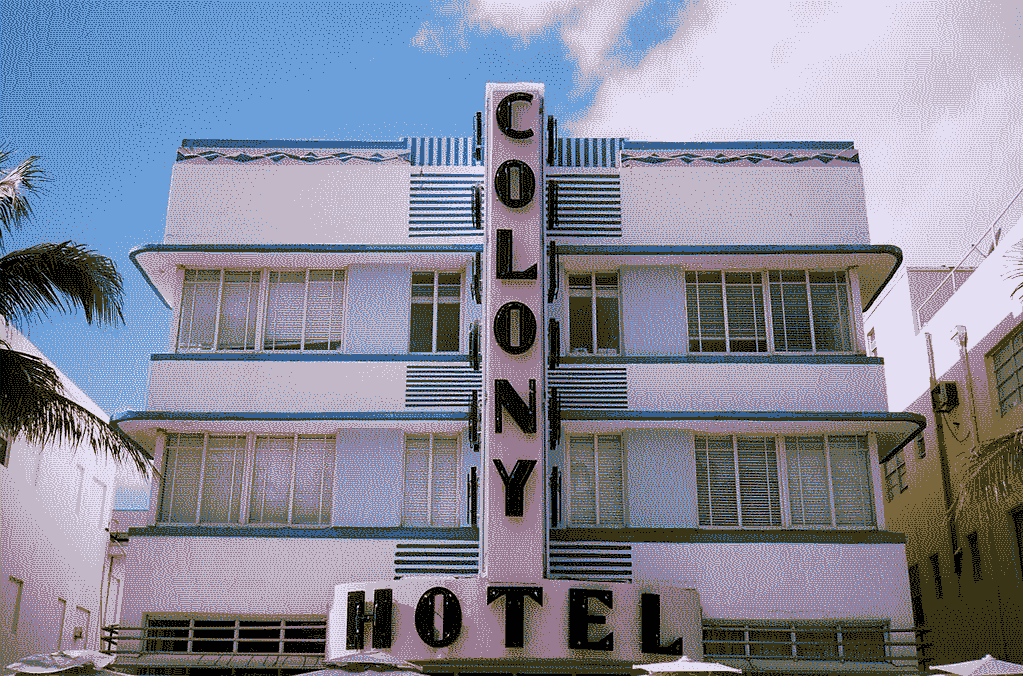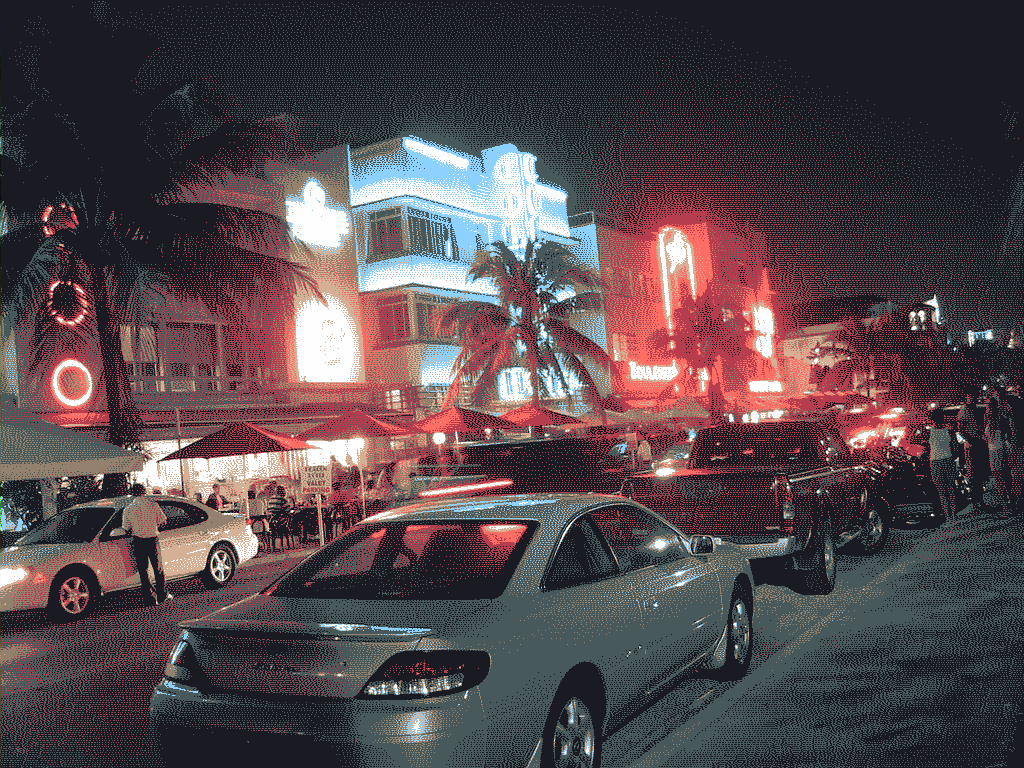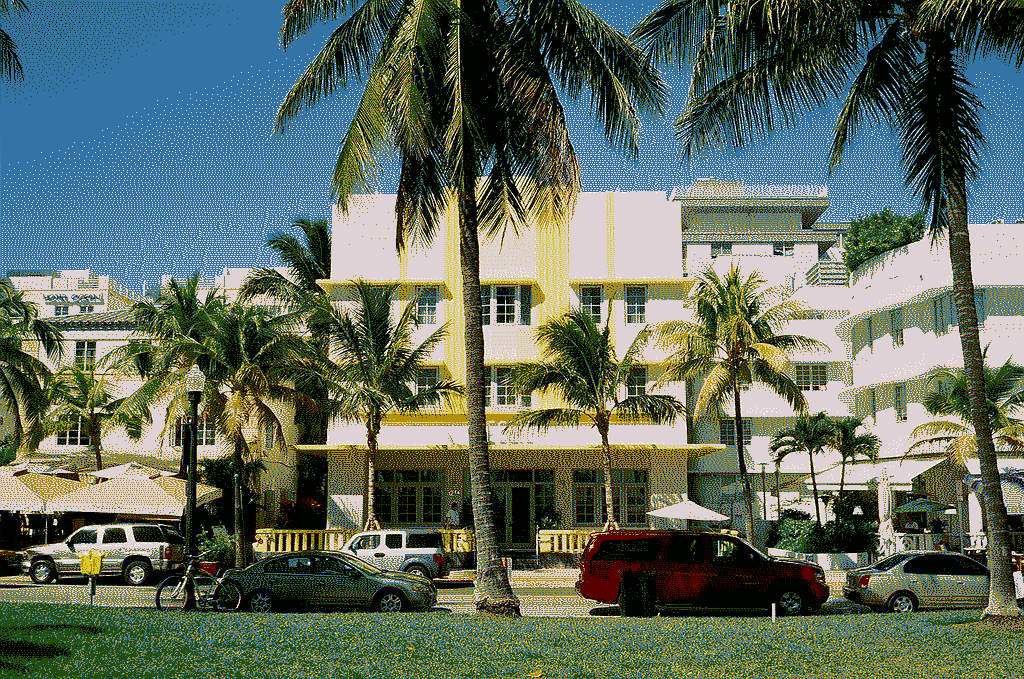 In 1996, the Miami Beach City Commission designated the Ocean Beach Historic District, providing local protection to parts of the old redevelopment area south of Fifth Street. In 1999, the Palm View Historic District was also designated.
In 1996, the Miami Beach City Commission designated the Ocean Beach Historic District, providing local protection to parts of the old redevelopment area south of Fifth Street. In 1999, the Palm View Historic District was also designated. Source
Source
In the 1990s, South Beach underwent significant changes, balancing preservation with development. A 1990 compromise allowed developers to build a convention hotel in exchange for supporting historic districts and stricter zoning laws. While Miami Art Deco League (MPDL) leader Barbara Capitman’s vision of a diverse, affordable neighborhood was only partly realized, South Beach revitalized, attracting affluent residents and tourists. The area became a global hotspot, thanks to its Art Deco architecture and historic preservation. Economic success followed, making South Beach a prime example of preservation’s impact. (Source)
In 1990, the “Great Compromise” between developers and preservationists led to the Miami Beach City Commission designating the Flamingo Park and Museum Historic Districts. In exchange, the MDPL supported the construction of a new convention center hotel.
In 1992, the Miami Beach City Commission expanded the Flamingo Park and Museum districts, extending local protection to the entire National Register district. This expansion further safeguarded South Beach’s historic architecture and enhanced preservation efforts.
 Source
Source
 In 1996, the Miami Beach City Commission designated the Ocean Beach Historic District, providing local protection to parts of the old redevelopment area south of Fifth Street. In 1999, the Palm View Historic District was also designated.
In 1996, the Miami Beach City Commission designated the Ocean Beach Historic District, providing local protection to parts of the old redevelopment area south of Fifth Street. In 1999, the Palm View Historic District was also designated.
